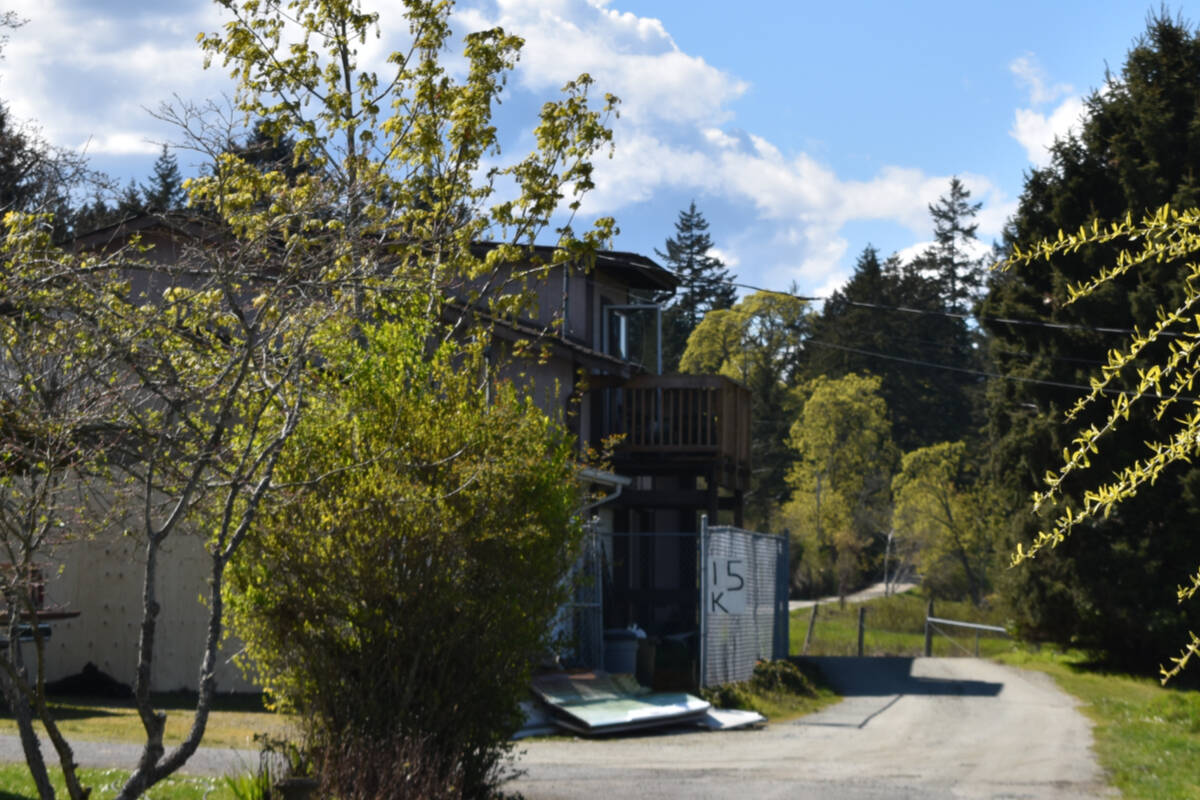B.C.’s aging population, rising homelessness and increased development in rural areas are among the factors responsible for an increase in the number of fire-related deaths and injuries, says B.C.’s fire commissioner.
Changing technology and more people staying at home because of the COVID-19 pandemic also contributed to the increase, Brian Godlonton told
Just over 9,000 fires caused 86 deaths in 2022, an increase of 207 per cent compared to 2018, he said. Another 212 people suffered injuries in 2022.
These grim statistics have earned B.C. second place in Canada behind Ontario when it comes to fire-related deaths and injuries.
“Over the last five years, we have seen a concerning increase in fires, fire-related injuries and fire-related deaths,” Godlonton said in presenting his office’s annual report Thursday (June 8).
While most of the fires in 2022 were outdoor fires (4,631), structure fires (3,287) caused the most deaths with 52 and injuries with 161. Almost three out of four structure fires were residential structure fires, responsible for 49 deaths.
Smoker’s materials and open flames accounted for the most frequent causes of residential structure fires. They resulted in 655 fires, 36 injuries, and six deaths. Cooking equipment was the second most frequent cause of residential structure fires resulting in 599 fires, 34 injuries, and three deaths.
Of note is the disproportionate share of seniors among fire-related deaths.
Individuals aged 65 and over accounted for 35 per cent of all fire-related death for every year during the last five years, Godlonton said. His report predicts that this number will likely increase, as individuals 65 years and over already make up 19 percent of the Canada’s population with their numbers going up.
RELATED: Thursday morning fire destroys Saanich Peninsula home
But all of these numbers could have been lower if more people had working fire alarms and sprinklers.
Research shows working smoke alarms can reduce the risk of fire deaths by 50 percent, but only 45 per cent of the reported residential structure fires in 2022 had a working smoke alarm, Godlonton said.
That needs to change because working smoke alarms remain the most effective way to prevent fire-related injuries and deaths, he added.
Godlonton said these figures point to a significant public safety education opportunity for fire services to increase fire prevention education campaigns and programs promoting the importance of working smoke alarms.
He also pointed to a new dashboard rolling out across the province in the coming weeks. Developed in cooperation with Statistics Canada and trialed 11 cities across British Columbia, it will identify areas in communities at greatest risk of home fires, he said.
“The dashboard combined with the smoke-alarm and social-marketing campaign will not only help prevent fires but, more importantly, prevent injuries and save lives.”
Individuals can also protect themselves, and working sprinklers and smoke alarms offer the best protection, he said, adding that today’s structure fires burn faster and hotter than ever.
“With new materials in our homes, you may only have sixty seconds to escape once a fire starts,” he said.
“The good news — you can do things to ensure that the fire doesn’t start and if it does, that you have an escape plan.”
Godlonton also encouraged individuals to learn more available resources through their local fire services, adding that everyone including the development community bears responsibility.
“Not only for one another, but for our friends and families to ensure that our loved ones have smoke alarms in their home.”
@wolfgangdepner
wolfgang.depner@blackpress.ca
Like us on Facebook and follow us on Twitter.

